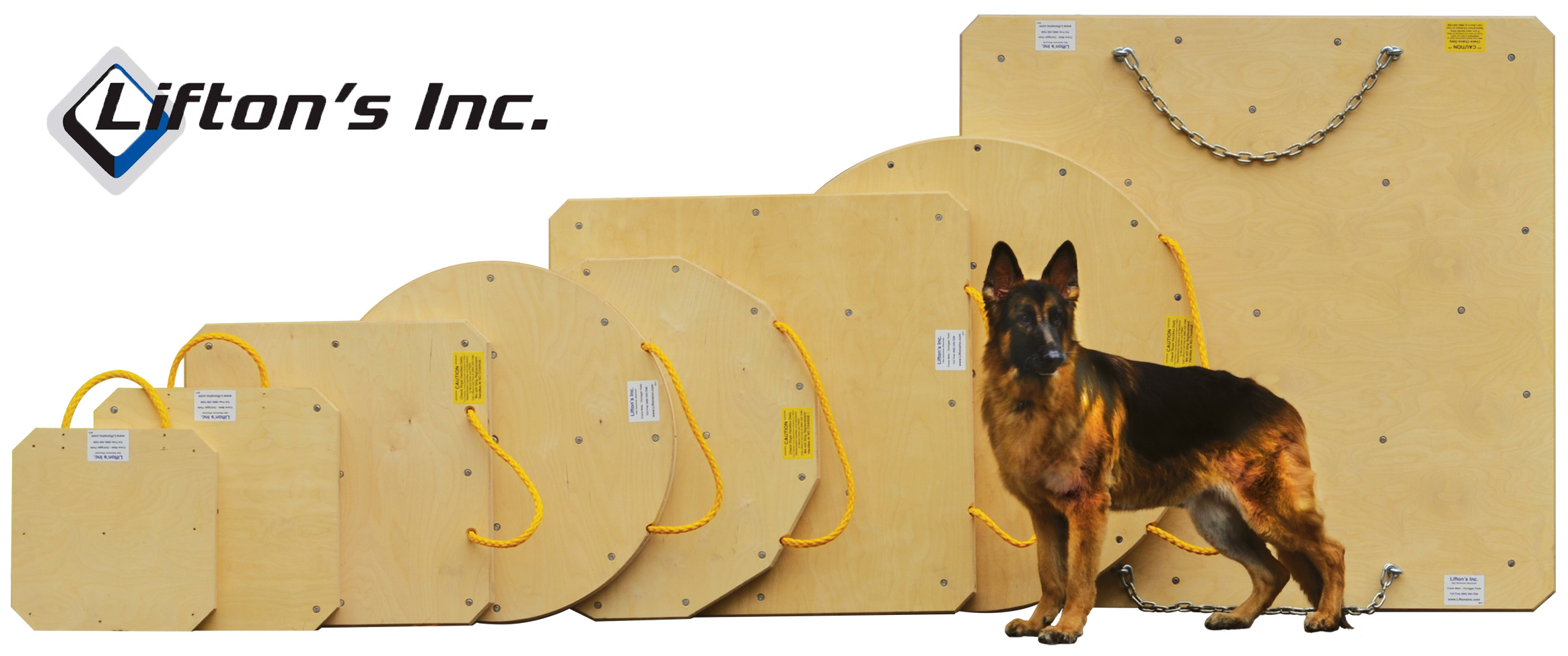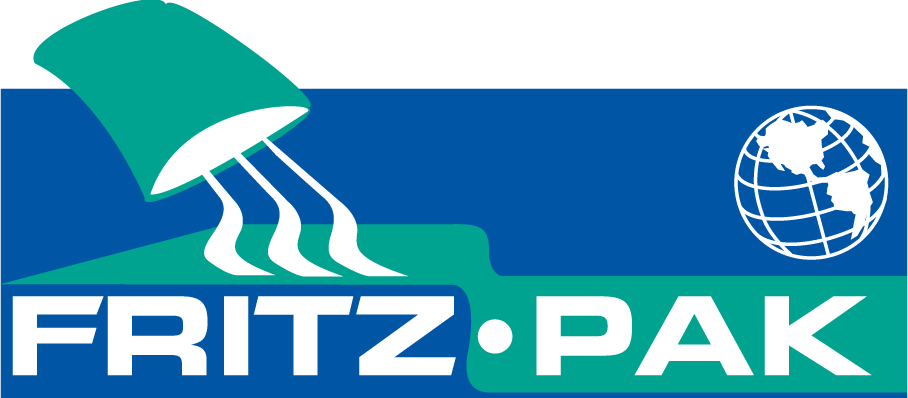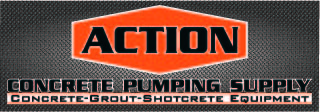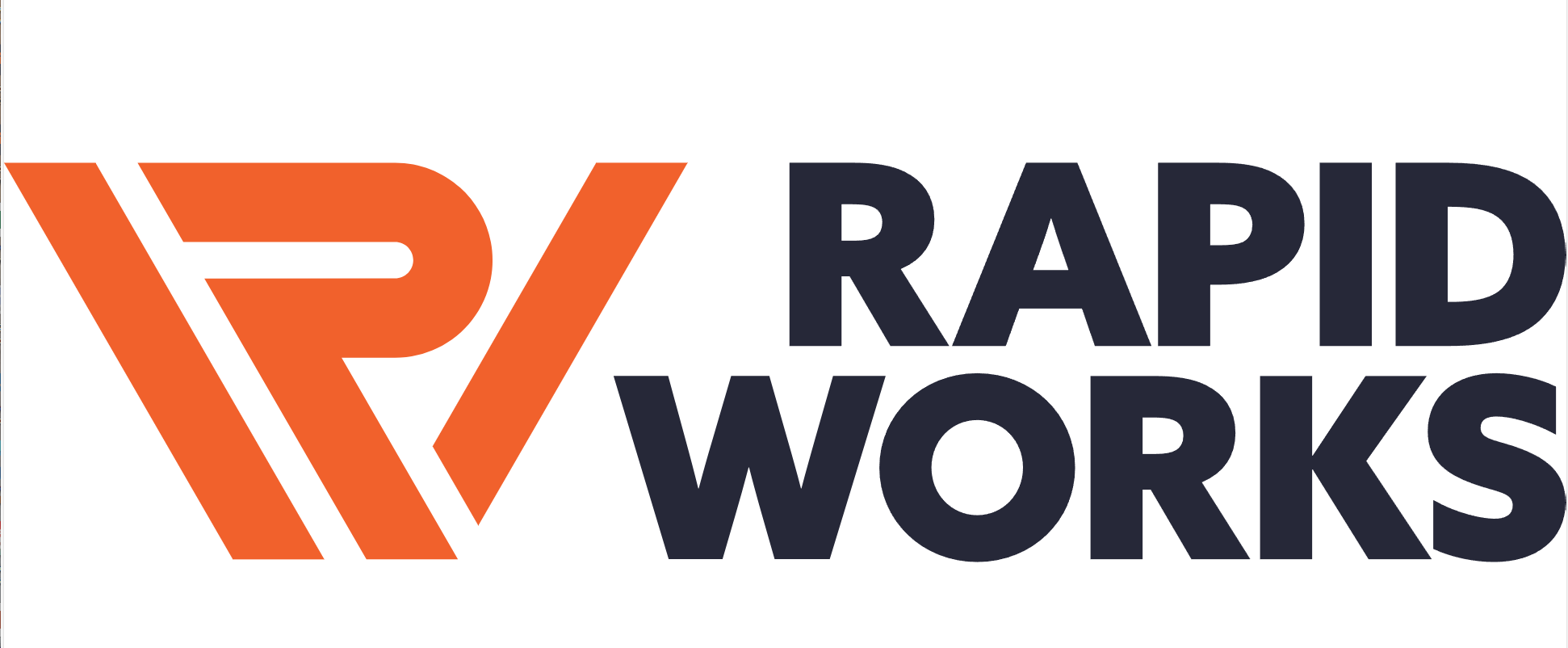| Bob | 05-05-2008 | comment profile send pm notify |
|
SAFETY TRAINING
Read-And-Sign Doesn't Equal Compliance
How many of you have handed a 200-page health and safety manual to workers and told them to read it? Then, you stuck a waiver in their face and demanded they sign it. Something like: "I hereby acknowledge that I have read and fully understood all of the information contained in this manual," yada yada, yada. So you feel like you've met your training obligations and won't be held liable if something goes wrong. Sorry, folks. It doesn't work like that. Not Worth the Paper It's Written OnAn oilfield services company learned this lesson the hard way. It gave its workers a large health and safety manual and told them to read it. After they had read it over and supposedly absorbed all of its contents, they had to sign a waiver. The company performed no checks to verify that the workers actually did understand any of what they had read. It just assumed that the onus was now on the workers since they signed the waiver. As so many do, this assumption proved false. There was, I'm sorry to say, a serious injury caused by a worker who didn't follow the proper procedure set out in the manual. The worker claimed that he had read the safety manual but didn't really understand it. In the prosecution that followed, the company claimed that it had taken all reasonable steps to protect its workers. It also produced the signed waiver to "prove" that company officials reasonably believed that the worker in question understood the procedure. The judge took the air out of their balloon. "Did you check to make sure the worker actually did understand the contents of the manual?" the judge asked. Of course, the officials had to answer no. So the judge imposed a hefty fine on the company. The Steps to TakeThe moral of the story: The employer bears the burden of determining a worker's competency to do a job. Handing workers a manual and having them sign a waiver acknowledging they read and understood it isn't enough to meet that burden. Before turning workers loose to perform their tasks, an employer must take steps to ensure that workers actually did absorb the safety policies and procedures the manual contains and are competent to do the job. There are lots of things an employer can do to meet this burden:
Worker orientation should discuss company polices and procedures as well as critical health and safety issues like the location of first aid kits, eyewash stations and fire extinguishers and what to do in an emergency. New workers should be given a site tour introducing them to their co-workers and the hazards of the site. Then you as the employer or his/her representative must check for understanding. ConclusionRead-and-sign is false training. Real training consists of making sure that workers really do understand and are competent to perform the tasks you assign them. Following these methods insulates your company and its officials from liability; more importantly, it prevents injuries and saves lives. |
||
| Safety Mike | 05-09-2008 | reply profile send pm notify |
|
I'm with Bob on this on - people will sign anything to get that piece of paper away from them. As part of a training session, I actually proved this once.....I changed the attendance acknowledgement/ waiver form to include - "...and I promise to pay Mike £10 cash before I leave the room...". Guess what? not one of the 12 attendees noticed this, and they all blindly signed their acceptance. I didn't take the money by the way!!, I used the scenario as part of the subject training - to always read what you are signing for! |
||
| Todd | 05-09-2008 | reply profile send pm notify |
|
Bob does that to me, he sends me an article and in the article it will say something like Todd is a dork. Than he asks me if i read it and if i dont come up with the dork part he says, "I dont believe you" Bob is smarter than me but i am better looking so its all good. |
||











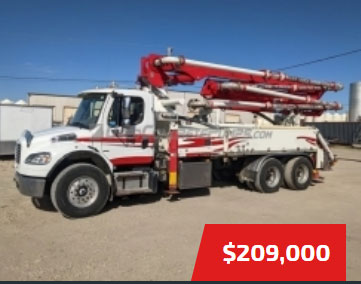




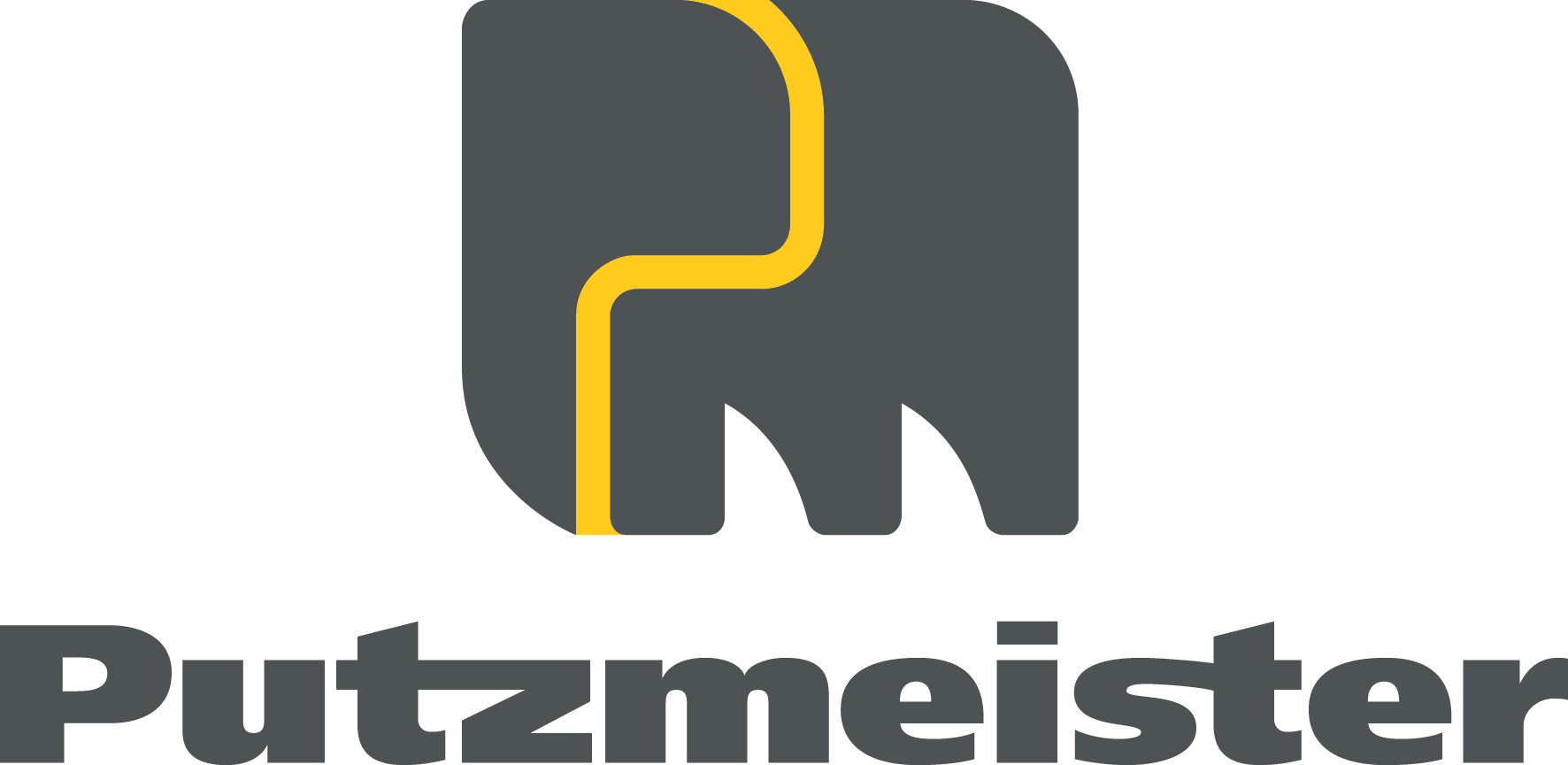



.jpg)
.gif)

.jpg)









.jpg)
